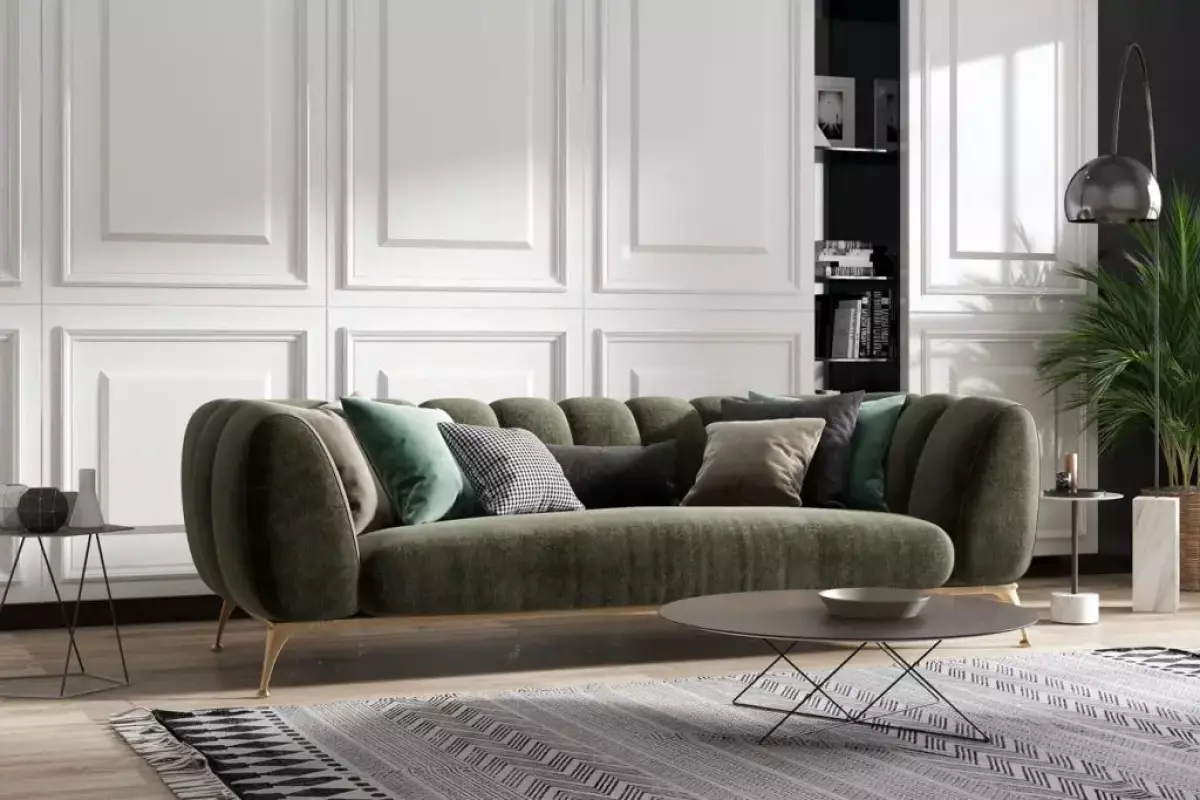 Image Source: saigonintela.vn
Image Source: saigonintela.vn
In the world of architecture, there are various roles that can sometimes be confusingly interconnected. One area of contention is interior architecture. What sets it apart from traditional architecture? Are interior architects just practicing interior design under a different name? Let's delve into the interior design vs. interior architecture debate to gain a better understanding of these professions and why the distinction can be controversial.
Interior Design vs. Interior Architecture: A Distinct Difference
While interior design and interior architecture are related, they are distinct professions with different focuses and skill sets. Interior designers specialize in planning and decorating rooms, making them aesthetically pleasing and functional. Their work involves selecting suitable furniture, fabrics, and fittings, while also ensuring the safety and wellbeing of those using the space. On the other hand, interior architects possess additional knowledge about building materials and structure. They are particularly needed when existing buildings require adaptive reuse, repurposing the interior while maintaining the outer structure. Interior architects understand how to work with the "shell" of a building, incorporating plumbing, electricity, ventilation, and sustainable design practices.
 Image Source: saigonintela.vn
Image Source: saigonintela.vn
The Controversy Surrounding the Term "Interior Architect"
The term "interior architect" is relatively new and subject to debate. By law, only fully qualified and licensed professionals in architecture should use the term "architect" to describe their work. However, some individuals refer to themselves as interior architects without meeting the necessary criteria. While certain countries, like the UK and Australia, offer three-year Bachelor's degrees in interior architecture, graduates of these programs should technically identify as interior designers rather than interior architects. In most countries, including the UK, the US, and Australia, three years of study are insufficient to legally assume the title of interior architect.
Key Differences: Interior Design vs. Interior Architecture
While interior designers and interior architects share many similarities in terms of skills and day-to-day tasks, there are notable distinctions between the two professions. Interior designers focus primarily on aesthetics, while interior architects integrate both aesthetics and building structure into their work. Qualified and licensed interior architects, who can use the "architect" title, typically earn more than interior designers to reflect their longer training period. Interior architects are often involved in construction or renovation projects at earlier stages than interior designers, providing input on structural matters before the interior space is designed.
How to Pursue a Career in Interior Design or Interior Architecture
Becoming an interior designer usually requires an undergraduate degree in interior design, although some professionals gain practical experience without formal qualifications. In contrast, the path to becoming an interior architect differs based on location. In the UK and Australia, a three-year degree in interior architecture is possible, but graduates cannot legally call themselves interior architects. To achieve that title, individuals must pursue a seven-year architecture degree and obtain a license. In the United States, obtaining a Bachelor of Architecture or completing a Master's-level conversion course after another Bachelor's degree are common routes to becoming an interior architect.
Salaries in Interior Design and Interior Architecture
Salaries in interior design and interior architecture vary depending on factors such as qualifications, experience, and location. In the UK, interior designers earn an average of £25,539, while interior architects earn £28,128, compared to regular architects who earn around £33,752 according to payscale.com. Similarly, glassdoor.co.uk suggests that interior designers earn £30,180, interior architects earn £36,368, and regular architects earn £37,906. In the United States, indeed.com estimates that interior designers make around $51,564, while interior architects earn approximately $78,165.
FAQs: Interior Design vs. Interior Architecture
Can an interior designer be an architect?
The roles of an interior designer and an architect are distinct, requiring different educational backgrounds, skill sets, and professional qualifications. While there can be some crossover, an individual must undergo additional training and licensure specific to architecture to function as an architect.
What skills do interior architects need?
Interior architects require an understanding of aesthetics, structure, materials, and national or local building regulations. They often specialize in adaptive reuse projects and may possess skills in conservation techniques and seismic retrofitting.
Which is harder to study: interior design or interior architecture?
Neither subject is inherently more challenging. The difficulty lies in individual aptitude and interests. However, becoming a fully qualified interior architect involves a longer and more rigorous training process compared to obtaining an undergraduate degree in interior design.
Which career is more competitive?
Both interior design and interior architecture are highly competitive fields. Success in either career path requires dedication, professionalism, and the ability to create an impressive portfolio.
Do interior designers and interior architects work alone?
Very rarely. Both interior designers and interior architects collaborate with clients, contractors, architects, engineers, and other stakeholders throughout the design and construction process. Their work relies on effective communication and teamwork.
Do interior designers use blueprints, like architects?
Interior designers may need to read blueprints to understand the structure and layout of a building. However, they generally do not produce blueprints themselves. Modern blueprints are often digitally generated files.
Why can't I call myself an interior architect if I graduate in interior architecture?
Under the law, the term "architect" is protected and should only be used by fully qualified and licensed professionals. Graduating with a Bachelor's degree in interior architecture does not meet the requirements for legally assuming the title of interior architect.
Is interior architecture a good degree?
Whether a degree in interior architecture is a good choice depends on various factors, including career goals, personal interests, program quality, and market demand. Proper research and selecting a reputable program aligned with your aspirations are crucial.
Conclusion: A World of Future Opportunities
Interior design and interior architecture offer fulfilling and creative career paths. While interior designers focus more on aesthetics, interior architects consider both aesthetics and building structure. Becoming a fully qualified interior architect requires more time and effort than becoming an interior designer. However, as the demand for repurposing historic buildings continues to grow, both professions hold promising prospects. Remember, it's not just having the word "architect" on your business card that counts; it's the skills, knowledge, and passion you bring to the table that truly matter.
Note: The content of this article has been adapted and enhanced to provide a fresh perspective while retaining the essence of the original content.












